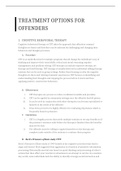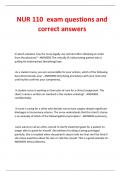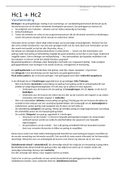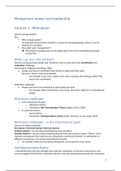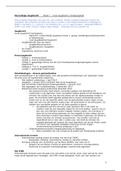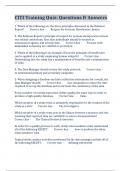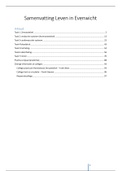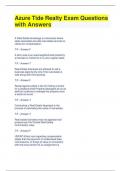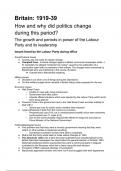OFFENDERS
1. COGNITIVE BEHAVIORAL THERAPY
Cognitive behavioral therapy or CBT takes the approach that offenders criminal
thoughts are learnt and therefore can be unlearnt by challenging and changing their
behaviors and thought processes.
A. Procedure
CBT is an umbrella term for multiple programs that all change the individual's way of
thinking and improve their social skills, critical and moral reasoning, impulse
management, and problem solving. CBT therapy can include exposure therapy, art
therapy and brief therapy. CBT therapy is usually delivered in individual talking therapy
sessions but can be used in group settings. Rather than focusing on why the negative
thoughts are there and reliving traumatic experiences, CBT focuses on identifying and
understanding their thoughts and stopping the process before it starts and then
applying positive, constructive behaviors.
B. Effectiveness
i. CBT therapies are proven to reduce recidivism in adults and juveniles
ii. CBT can be applied in community settings once the offender has left prison
iii. It can be used in conjunction with other therapies/can become specialised or
tailored to the needs of the offender
iv. It has been proved to be highly effective for combating depression which is
frequently found in prisoners
C. Limitations
i. CBT is a lengthy process that needs multiple sessions to see any benefits so if
the prisoner’s sentence ends before the therapy is finished then the benefits
may not be seen
ii. The offender must be willing to apply themselves to the therapy and
complete tasks outside of the sessions to continue their progress
D. Beck’s Prisoners of Hate study 1999
Beck’s Prisoners of Hate study of 1999 looked at the cognitive processes that lead to
anger and hatred. Beck suggested that aggression is a function of primitive information
processing. Historically survival was based on quick thinking and processing of other’s
actions that then effect your reaction to situations in an attempt to survive. In a modern-
day world, some individuals lack the ability to identify a benign social interaction and
, perceive it as a threat or act aggressively in low-threat circumstances. This repeat
victimization of themselves leads to lower self-esteem and reduced social image.
2. ANGER MANAGEMENT PROGRAMMES
Anger management is a form of cognitive behavioral therapy that aims to get the
offender to identify to reasons for the aggressive behavior and then create alternative
ways to react to triggering situations that don’t lead to violent outcomes.
A. Procedure
Anger management programs have three main steps: cognitive preparation, skill
acquisition, and finally application and practice. Cognitive preparation helps the
individual identify situations that provoke them, help them predict when an aggressive
outburst is going to happen and consider the impact of their aggression on those around
them. Skill acquisition focuses on the behavioral side, helping them create distraction
and calming strategies such as counting to 10/physically removing themselves from the
situation. Lastly, application and practice are essential for the individual to use the
strategies they created. The strategies are tested through roleplay situations, applied in
controlled situations, all with positive reinforcement for appropriate responses to
previous triggering situations. Sessions can be delivered individually or in group
therapy sessions twice weekly for approximately 6 weeks with a trained practitioner.
B. Effectiveness
Anger management programs are widely utilized across the country and has been found
to be highly effective in reducing violent outbursts within prisons and once the offender
has been released into the community. Pros of this treatment option is it can be
individualized for each offender as they can find the strategies that work for them.
However, this is an ongoing treatment that will need to be continued once their sentence
is over (for the rest of their life). Additionally, the offender needs to be willing to commit
to the therapy for it to work, otherwise no change in their behavior will occur.
C. Howells et al. Brief Anger Management Programs with Offenders 2005
Howells et al 2005 study was aimed to find if anger management programs have any
effect compared to no treatments and if pre-treatment offender characteristic could
predict the likelihood of the treatment having a positive effect. The study took place in
Australia with 418 male offenders aged between 18-62 with sentences ranging from 1-
26 years all for violent offences. They conducted 10, 2-hour sessions focused on the
identification of triggers and then the strategies to prevent violence. Self-reported
questionnaires were taken by the control group and those doing the sessions to
determine how they deal with anger. The control group were then place on a waiting list
after the study. They found no statistically significant difference between the pre and
post treatment with a small improvement seen. The offenders that showed the most
motivation to change made the most progress.
Positive: large sample size, standardized program and used multiple questionnaires
2

